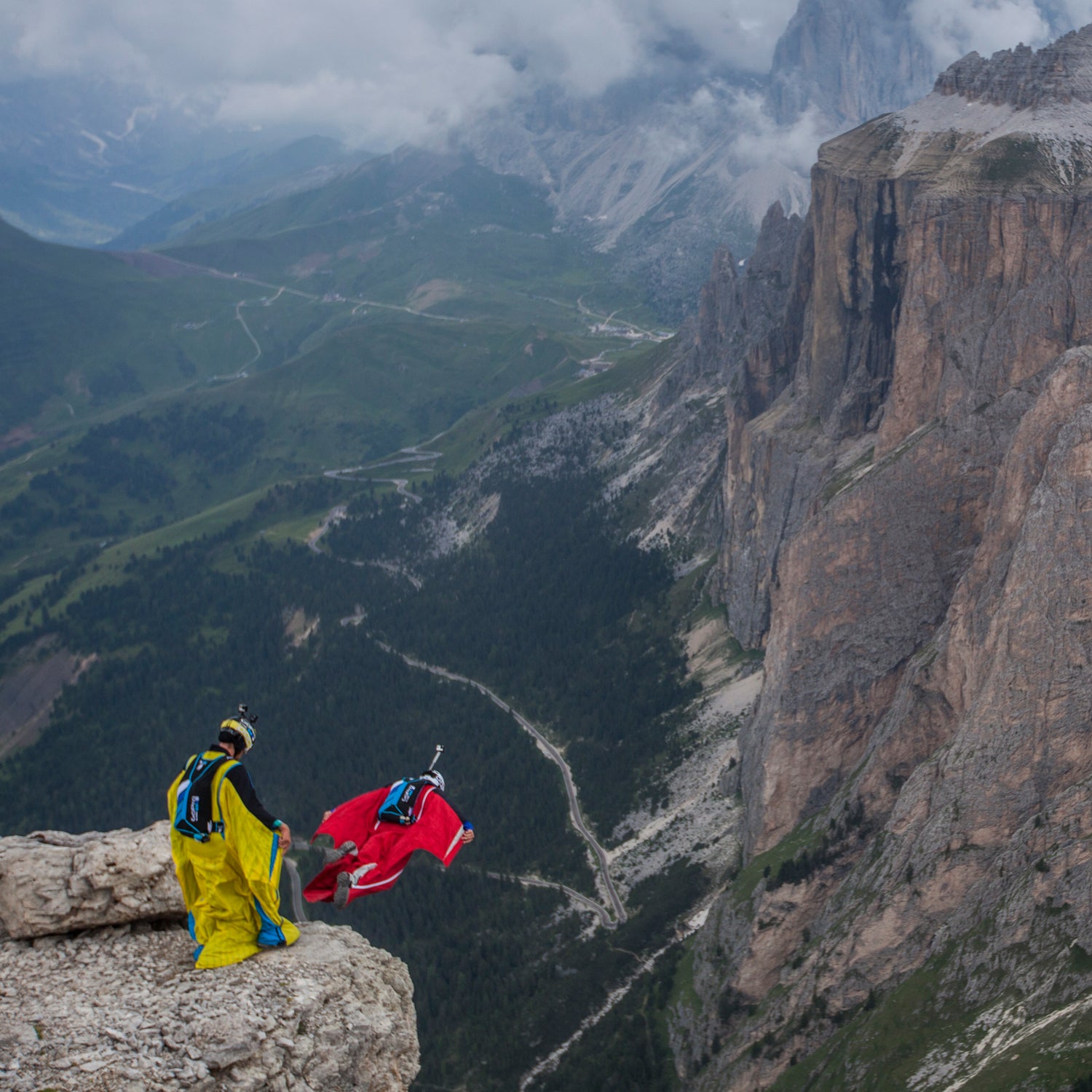This past February, pro middle-distance runners Kate Grace and Shannon Rowbury were flying down the home stretch of the , vying to finish as the top American. With fewer than 30 meters to go, Grace decided to put in one final surge. It worked—barely. She edged out Rowbury by fewer than two-tenths of a second, finishing with a time of 4:22. Following the race, Grace, still teeming with adrenaline, reporters, “I love being in that kind of position, but there’s always that question, ‘Will you go for it?’ It’s always nice to find that the answer is yes.”
Grace’s decision to surge seems like the right choice in hindsight. In the moment, however, it was a massive risk that could have easily led to her blowing up. We’ve all experienced some version of this: having to make a split-second decision to go for it. Perhaps it’s attempting a personal-best lift in the final round of a CrossFit competition, or challenging the boss in a highly charged meeting, or striking up a conversation with someone sitting alone in a coffee shop. In these situations, we usually consider going for it but elect not to. Yet, every once in a while, we take a shot.
When we decide to take a risk, we are very quickly, and often subconsciously, evaluating the perceived chances and benefits of success versus the perceived chances and costs of failure, says , a psychology professor who studies decision making at Clarkson University in Potsdam, New York. The equation is simple: if the chance of success x benefit of success > chance of failure x cost of failure = go for it.
Our decision-making process, Wilke says, often hinges on our skill level or expertise. “The better and more experienced you are at something, the more likely you are to take what may seem like a risk to others but to you isn’t such a big deal.”
“I love being in that position, but there’s always the question, ‘Will you go for it?’”
One of the best ways to increase the odds that you will go for it, then, is to practice taking risks. Consider Grace, who says she started taking more risks once her coach, of the , began prescribing regular group workouts that pushed her outside her comfort zone. In one particular session, she was given a choice of doing either ten or 12 reps. “By the sixth rep, I’m thinking that doing 12 seems insane,” Grace says. “But then, after the tenth, there’s this peer-pressure element with the other athletes—and most of the time, I end up choosing to do the last two reps even though I know that I may totally blow up.”
Practicing the art of risk taking may help to increase the perceived chances and benefits of success, but it doesn’t affect the other side of Wilke’s risk-taking equation: the costs of failure. Sometimes these costs are very real, like whether you’ll get fired from your job or seriously injure yourself. But often they are largely imagined.
The challenge is separating the two, especially in the moment, because we evolved to experience and appraise physical and emotional danger in the same part of the brain (the limbic system), explains , a high-performance psychologist and host of the popular podcast. “We’ve got to do the work beforehand. We’ve got to train ourselves to override our DNA.” This starts, Gervais says, “with learning to be OK with failure, with viewing short-term failures as a part of long-term personal success and fulfillment.” In other words, if you want to take more risks, you shouldn’t judge yourself on whether you succeed, but rather on whether you have the guts to risk failure in the first place.
How to Become Better at Taking Risks
Although Gervais says there is no off-the-shelf plan to constructive risk-taking and that expanding your own comfort zone requires a lot of introspective work, following the guidelines below can help.
- Internalize a risk-taking mindset. Tell yourself a personal story in which you are a strong person who is willing to take risks. View moments of risk as opportunities to grow instead of threats.
- Improve your skills. Train whatever capability you want to put to use, whether that’s singing on a stage or surging from the pack in a race.
- Practice being uncomfortable. Regularly expose yourself to smaller and lower-stakes risks. If you want to become better at public speaking, for example, practice in front of a smaller dinner party.
- Learn to be fully present. Consider a mindfulness meditation practice, or at the very least, make a habit of being totally present whenever you’re training for your respective activity.
- Separate “emotional danger” from “physical danger” beforehand. By making this appraisal outside the moment, you can do so more accurately. If you wait until the risk-taking moment itself, emotional and physical danger often become conflated. It’s important to distinguish between the two ahead of time.
- Don’t think. When the moment to go for it arrives, trust your body and mind. If you’ve done the work, you’ll instinctively know what to do.
- Reflect, rinse, and repeat. After every risk opportunity, whether you went for it or not, pause to check in with yourself. Explore how you felt before, during, and after the risk-taking moment. Adjust numbers one through six above accordingly.
Brad Stulberg () writes ���ܳٲ������’s Science of Performance column and is a co-author of the forthcoming book .


